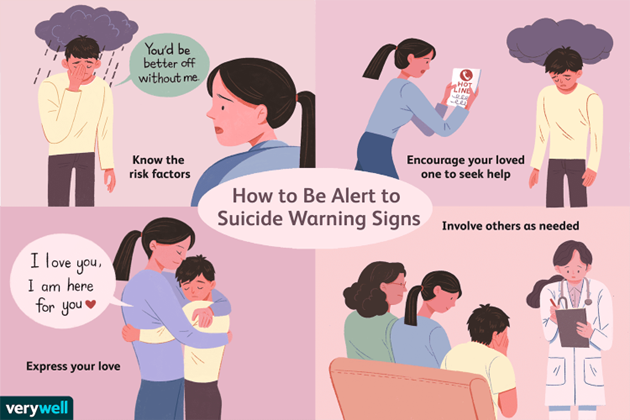A nurse is caring for a child who has tinea pedis. The child's parent asks the nurse what this infection is commonly called.
The nurse should respond with which of the following common names?
Shingles.
Valley fever.
Fever blister.
Athlete's foot.
The Correct Answer is D
Tinea pedis is a fungal infection that affects the skin on the feet and is commonly known as an athlete’s foot.
Choice A, Shingles, is incorrect because shingles are a viral infection that causes a
painful rash.
Choice B, Valley fever, is incorrect because valley fever is a fungal infection that affects the lungs.
Choice C, Fever blister, is incorrect because fever blisters are caused by the herpes simplex virus and typically appear on or around the lips.
Nursing Test Bank
Naxlex Comprehensive Predictor Exams
Related Questions
Correct Answer is C
Explanation
Activated charcoal should be given as soon as possible to help absorb the acetylsalicylic acid in the gastrointestinal tract.
Choice A is not an answer because N-acetylcysteine is used to treat acetaminophen overdose, not acetylsalicylic acid overdose.
Choice B is not an answer because chelation therapy with deferoxamine is used to treat iron poisoning, not acetylsalicylic acid overdose.
Choice D is not an answer because inducing vomiting with syrup of ipecac is no longer recommended for the treatment of poisoning due to the potential for harm and lack of evidence of benefit.
Correct Answer is B
Explanation
According to the CDC, one of the individual risk factors for suicide is a previous suicide attempt.
Choice A is not the answer because while substance abuse is a risk factor for suicide, it is not the priority risk factor for suicide completion in this case.
Choice C is not the answer because while loss of relationships can contribute to
suicide risk, it is not the priority risk factor for suicide completion in this case.
Choice D is not the answer because while a history of mental illness is a risk factor for suicide, it is not the priority risk factor for suicide completion in this case.

Whether you are a student looking to ace your exams or a practicing nurse seeking to enhance your expertise , our nursing education contents will empower you with the confidence and competence to make a difference in the lives of patients and become a respected leader in the healthcare field.
Visit Naxlex, invest in your future and unlock endless possibilities with our unparalleled nursing education contents today
Report Wrong Answer on the Current Question
Do you disagree with the answer? If yes, what is your expected answer? Explain.
Kindly be descriptive with the issue you are facing.
